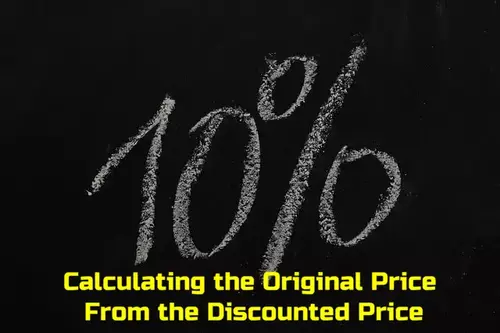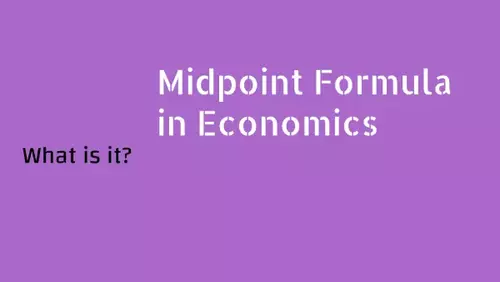For many people, calculating a new price for a product after a discount is easier than the opposite – knowing the original price of the product after the price has dropped by a certain number of percent. Now we’ll explain how to find the original price in less than a minute.
By using vendor discounts judiciously, your business may save money without sacrificing quality or selection. If you have the storage capacity and financial resources, bulk purchasing when a discount is offered may reduce your cost of products sold.
Although discounts are helpful in the short term, they should not be used as a foundation for calculating total expenses because of their ephemeral nature. You need to know how to do the math backwards to get the original price without the discount if you want to base your pricing on a real rather than a reduced cost.
Calculating the discounted price
The list price is often discounted by a certain percentage, and the resulting sale price is the discounted list price less any applicable fees or taxes. Here is the formula for the price cut:
(original price) - (original price x discount percentage) = discounted priceTake the following example, in which you get a 10% discount off the original price of $600.
$600 - ($600 x 10 percent) = discounted price.10 percent of $600 is $60, so the discounted price is $600 – $60, or $540.
Calculating the original price from the discounted price
Use the following calculation as a starting point to get the original price from the sale price.
(Discounted price) = (100 percent - discount percent) x (original price)In the above example, this equation would read as follows:
$540 = (100 percent - 10 percent) x (original price)If you take 90% from 100%, you get 90%, or 0.9. As an algebraic equation, $540 = 0.9(Y), where Y is the original price. To get Y, divide both sides by 0.9. For example, if the initial price was $600, then $540 divided by 0.9 would be $600.
Advantages and disadvantages of discounted prices
There are times when it makes sense for a company to purchase in bulk, but even when there are opportunities to save money elsewhere, doing so isn’t always the best course of action. When you need cash for necessities like rent and utilities, but instead must spend for items you may not use for years, you risk going without. Keeping stock may eat up valuable square footage that might be put to better use in areas like manufacturing.
Furthermore, consumer demand might shift, making it difficult to forecast sales of certain products until after current stocks have been depleted. While it’s true that stocking up on cheap goods might help your company save money in the long run, there are a number of considerations to take into account before making any large purchases.








